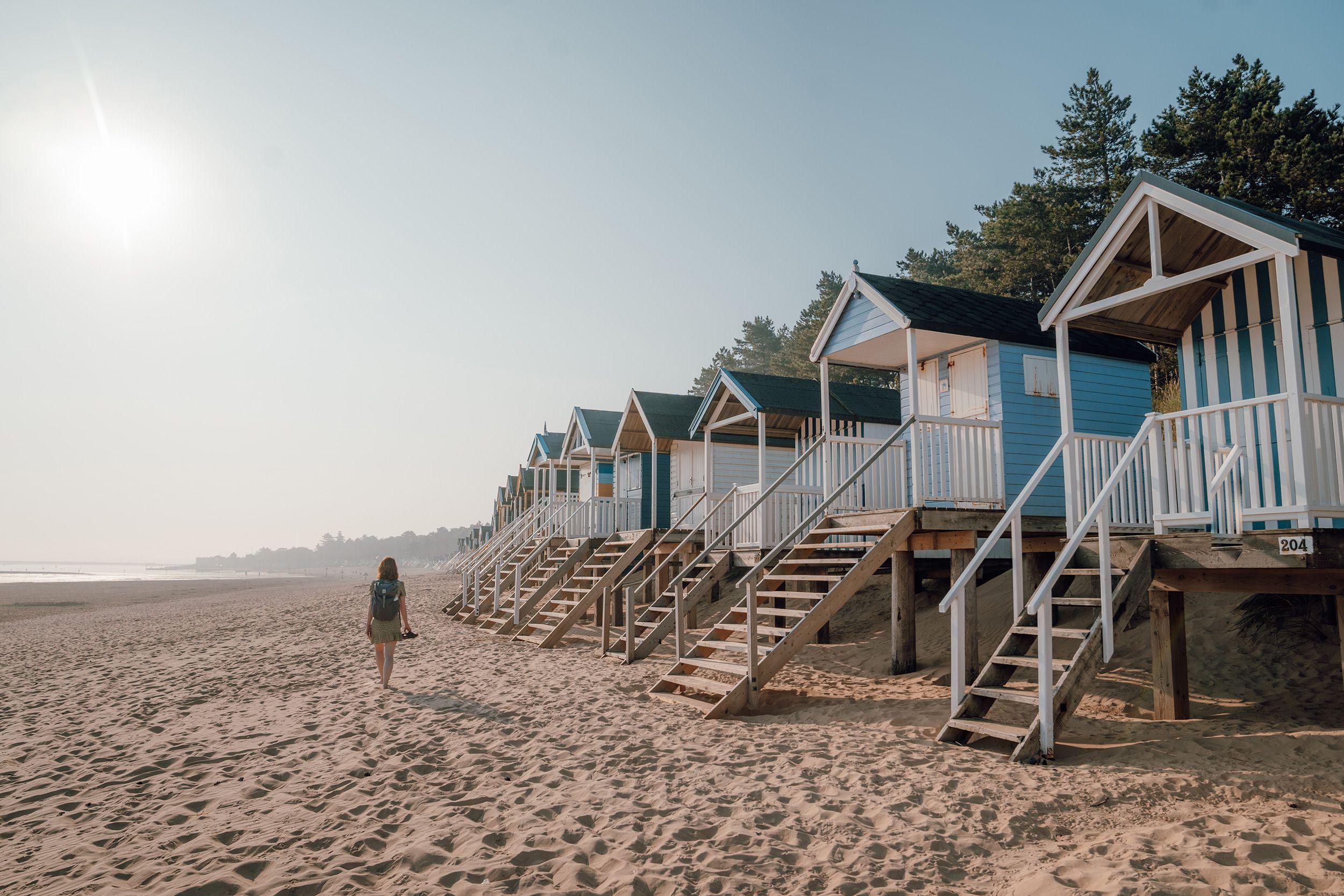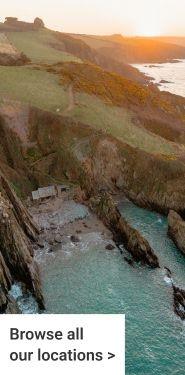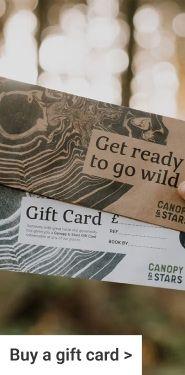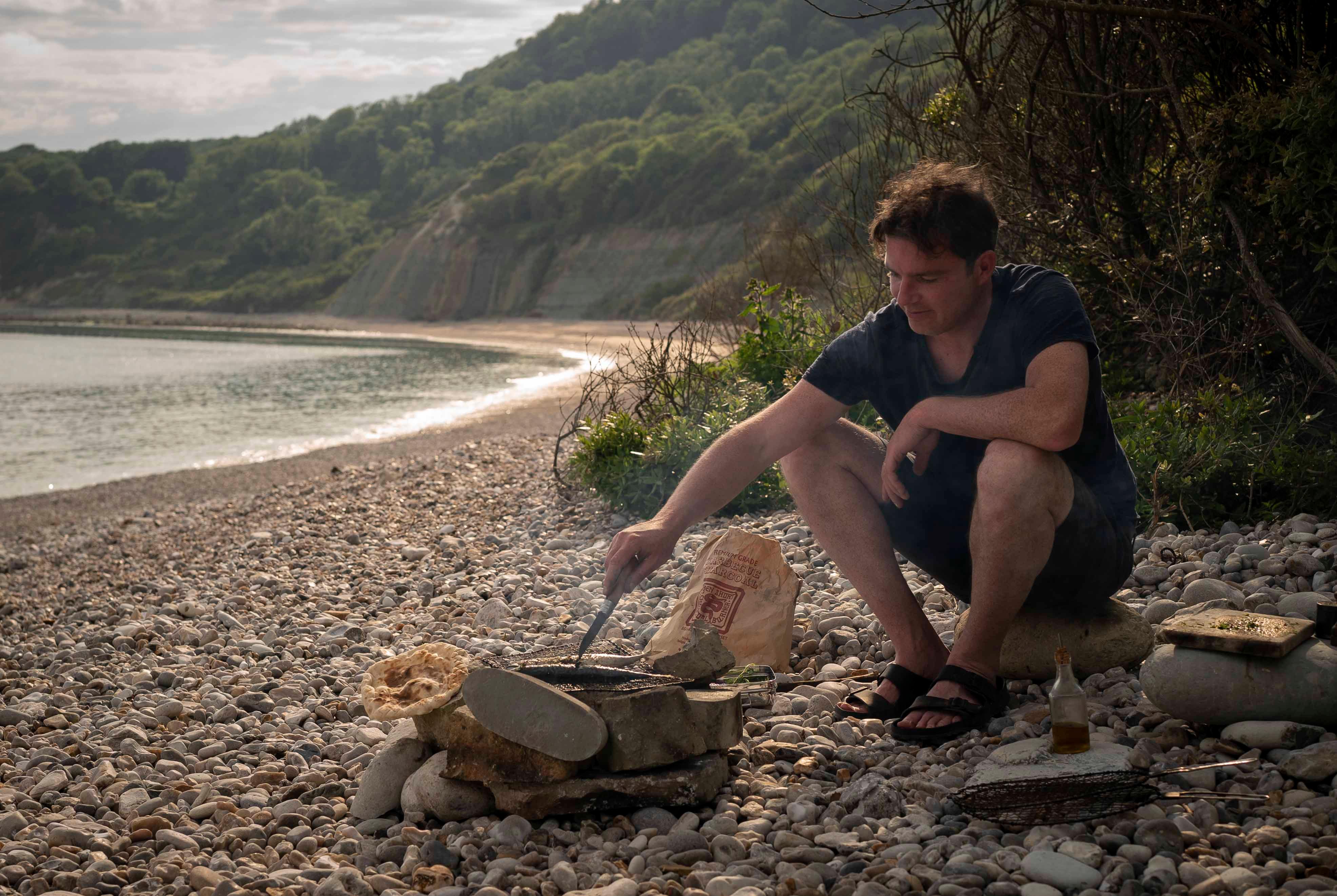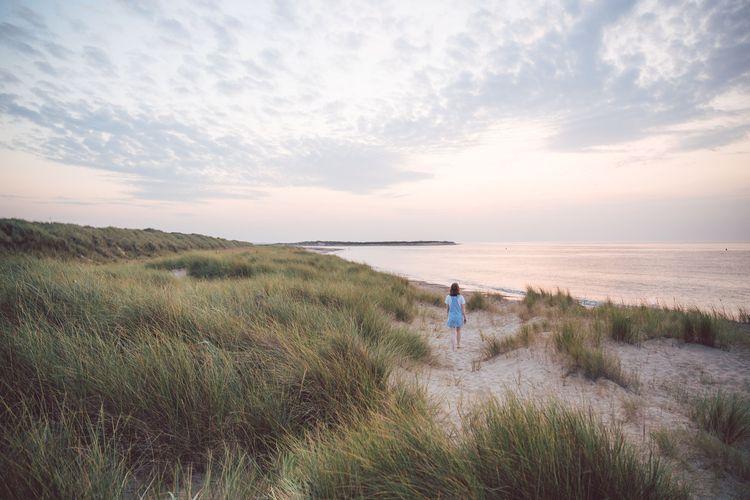
Five of the best beaches in Norfolk
Norfolk is criminally underexplored and underutilised as the aquatic paradise that it is. With half its county line facing the ocean – a whopping 90 miles, and over 120 miles of navigable waterways, it’s a paradise for water-sportians, beach-goers and adventurers alike. We’ve rounded up the crème de la crème of golden sands for the beach trawlers (and search engine crawlers).
Horsey Gap
At the furthest most tip of Norfolk, where England ends, and the North Sea begins, Horsey Gap is a specific point on a stretch of beach that spans over 18 miles of the Norfolk coast, just east of Norwich. Better acquainted with farm animals, and the smaller mammals that populate the inland, it’s still a powerful sight to see the larger creatures that make up the British biodiversity – and yet, in the 2019/2020 season, 2069 seals were born on this stretch of land. This is one of the best bets you can make to see them, though they’re also found elsewhere in Norfolk, and if you visit in late October early November, that’s when they’re likeliest to be out and about.
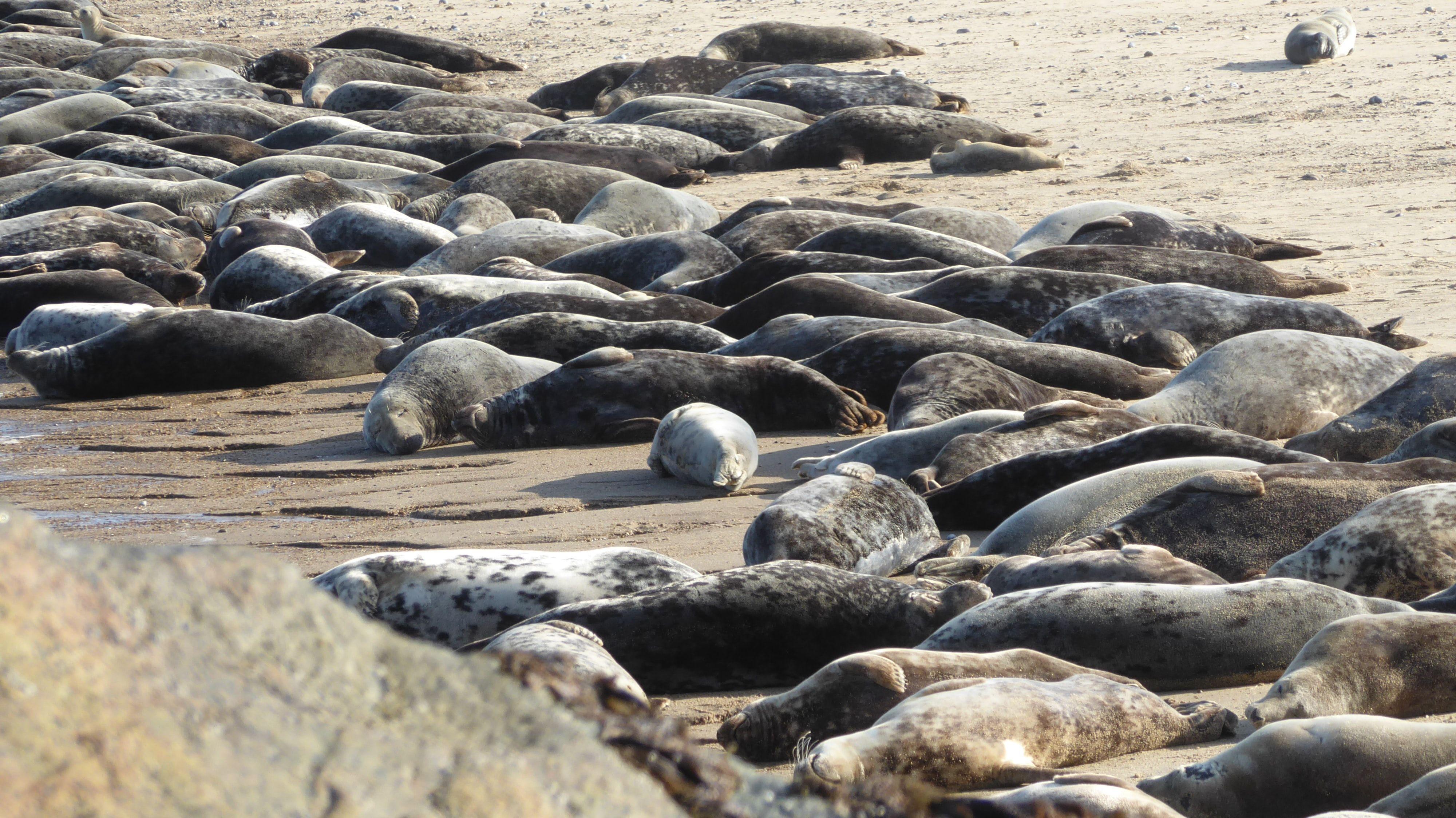
Winterton-on-Sea
Further down the road, heading south from Horsey Gap, is Winterton-on-Sea. Lined on one side by rolling dunes – a nature reserve and SSI, there’s terns and seals to be found along this corridor of golden sands. A beautiful spot to enjoy a scenic length of beach, with classic sands to build castles from, but if you’re bored easily, there’s even more to find inland. With Martham Broad National Nature Reserve just eight minutes’ drive up the road – where you can spot bitterns, terns, bearded tits, Cetti’s warblers, marsh harriers cutting up the airspace, and even more amazingly, otters and Chinese water deer.
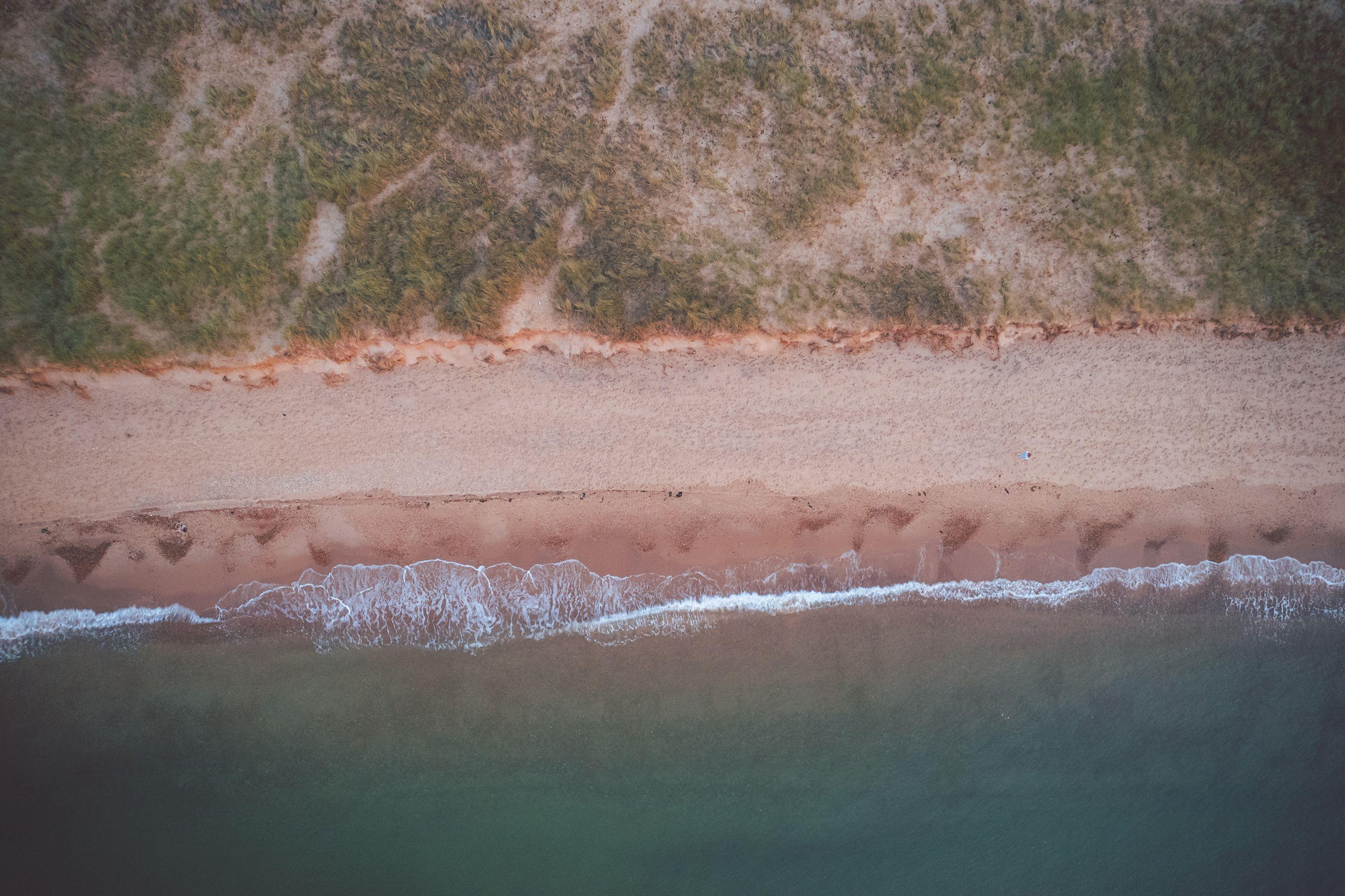
Waxham (and Sea Palling)
North of Horsey Gap, there’s even more on this band of sand that holds the coast together. Waxham Sands beach is interlinked with the beach at Sea Palling, and there you’ll spot an iconic red and white lighthouse – the oldest working one in Britain. You can also walk along the cliff edge (carefully please) which is renowned locally for its views of the sunset, as it sets over England, stretching out into the distance.
This area, so stunning, so scenic, it comes as no surprise that it’s been revered for quite a while. In 2013, further up the road at Happisburgh, the tide went so far out that it revealed a layer of sediment under the water – in which were a set of footprints dating back 800,000 years ago, to the Pleistocene era, when England was attached to France by a land bridge. These are the oldest know footprints anywhere outside of Africa. So make like early man, and leave your footprints in the sand too.

Holkham
Often voted one of the best beaches in Norfolk, let alone the UK, Holkham beach is part of a national nature reserve, the largest in England. It stretches around 3,706 hectares from Burnham Norton, all the way to Blakeney. Here you can see pink-footed geese, terns and hawkmoths, natterjack toads and much more. The beach itself is a huge expanse of open land, and it hides a particularly unique feature. At particularly high tides, a semi-circular basin behind the shoreline floods to form a lagoon, and further back, the coastline is lined with pine trees, offering a little shade should the sun glare find you glistening a little too much.
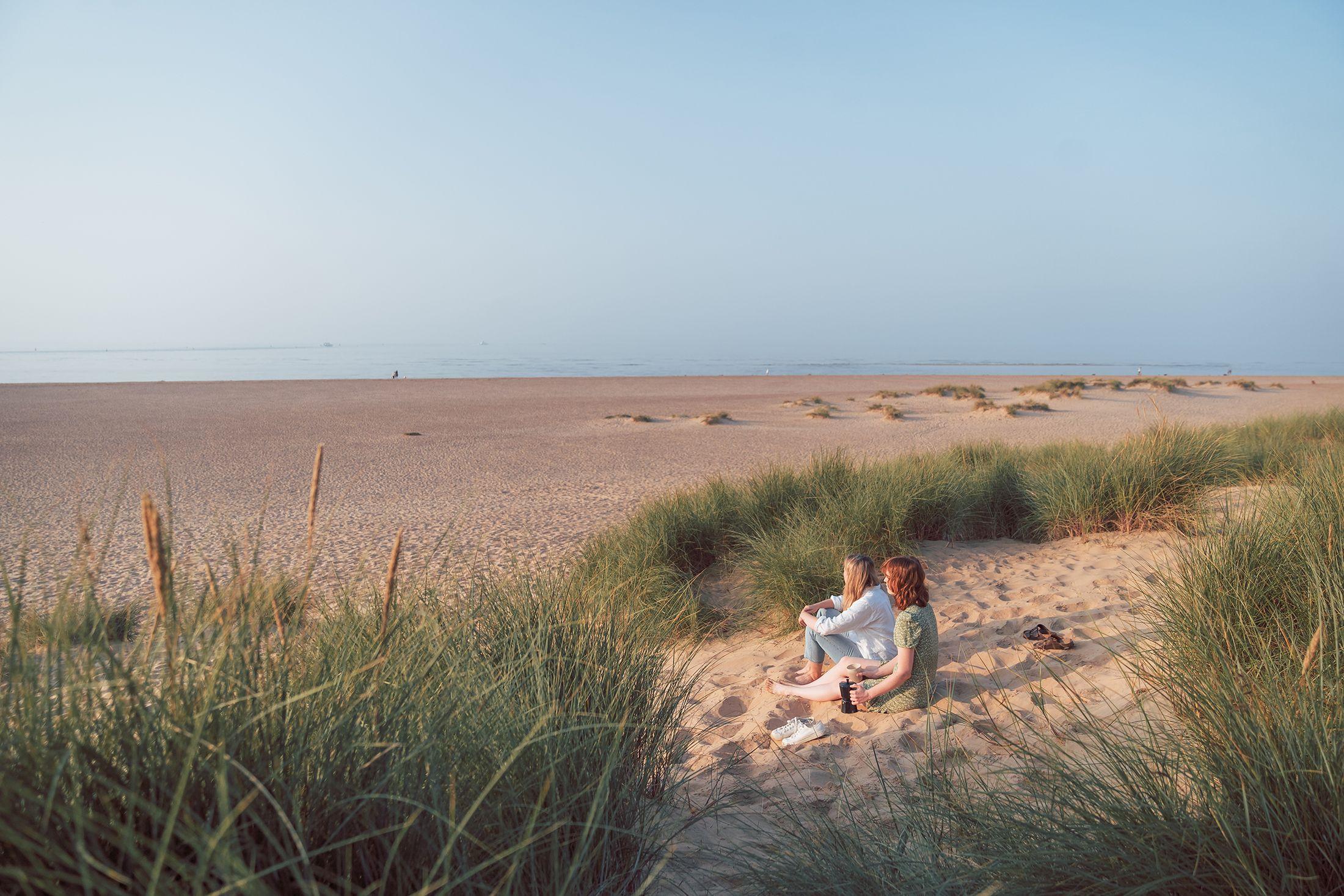
Wells-next-the-Sea
Just a little further east from Holkham is a patch of Norfolk coast called Wells-next-the-Sea. The area is a sprawling mass, that from above looks like a giant wave of sand crashing against the coast. Whilst this huge expanse is awfully tempting to explore the whole breadth of, be sure to check the tide times – as 2/3 people rescued by the coastguard in 2020 – did not. On top of a stunning beach, the local town itself is well worth a visit, there’s a fully electric bus you can ride, with a vintage 1951 Leyland Tiger chassis, that drives a small length of the town. There’s also a carnival, which has run for the last 90 years, growing from one day, to over 100 events over ten days – with all the quintessential British summer qualities you’d ever want – floats, fancy dress, sandcastles competitions and more.
